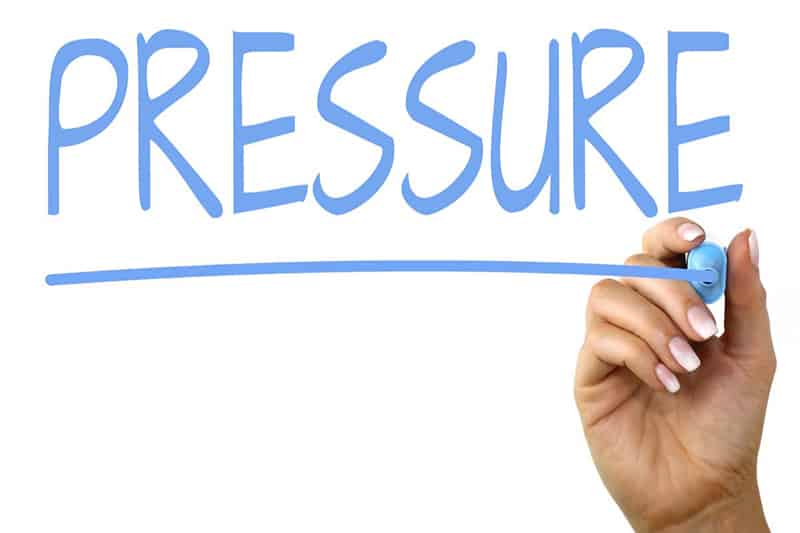In one of our previous articles, we asked “Is there a good reason to publish in a predatory journal?“ We concluded that there was not, but we wanted to explore this topic in a little more detail, looking at some of the reasons that scholars gave when asked why decided to publish in a predatory journal.
In a 2018 paper, Serhat Kurt asked “Why do authors publish in predatory journals?” He gave four reasons given by scholars when asked why they submit to predatory journals. These were Social Identity Threat, Pressure to Publish, Lack of Awareness and Lack of Research Proficiency.
In this article, we present these four reasons, providing some thoughts of our own.
Introduction
This article presents some of the findings from Kurt’s 2018 paper, entitled Why do authors publish in predatory journals? We do not present any new findings, although we do add some of our own thoughts. If it were not for Kurt’s paper, this article would not exist. As such we would like to express our gratitude to him for having written the article.
We are going to focus on the reasons that scholars give in justification for choosing to publish in a predatory journal. They are making a conscious decision to publish in a predatory journal, rather than submitting to a traditional (subscription based) journal or a legitimate open access journal.

There is a lot more information in the paper and, if you want more detail, we would encourage you to read the paper.
What follows are the four main reasons given by scholars who had submitted to a predatory journal, followed by some concluding remarks.
Lack of Awareness
Some scholars will be unaware of predatory publishing and will submit to predatory journals in good faith, pay the fees and may never be aware that they have been duped. We cannot blame individual scholars for this and the phrase “you don’t know what you don’t know” springs to mind.
If you are somebody who is not aware of what predatory publishing, please take a look at our article What is Predatory Publishing? | … and should you care?
In his paper, Kurt reported that 70.8% of the researchers surveyed were unaware that they were publishing in predatory journals, or that they were tempted by the kind words, or compliments about their previous research, in the email they received inviting them to submit. We are certainly aware of some the terminology used by predatory publishers to try to entice you to submit papers. Indeed, our Twitter account regularly posts these, using the hashtag #PredatoryPublishingEmails.
Perhaps even more worrying is that once they became aware of what predatory journals were, some scholars said that they did not care, as their university did not consider the journal predatory or that their institution did not actively discourage the practice and they knew of colleagues who had been promoted based on their publications in predatory journals.
Social Identity Threat
A social identify threat is caused by somebody feeling inferior to others. In the context of scientific publishing there can be a number of ways that this can manifest itself. For example, if a scholar is working in a developing country and they do not feel that they have the same opportunities as those working in more developed countries.
One way in which the scholar might react to this is to send their research to journals in which they feel an affinity. In Kurt’s paper, the example given is for a scholar from India to send their paper to a journal where the majority of editors are from India in the hope that they would be more understanding, and more likely to accept their work.
In our view, this is problematical for two reasons. Firstly, when the editors of a journal is predominantly from a single country it is often an indication that the journal is a national journal and, while there are examples of national journals being among the best in their field, it is probably an exception rather than a rule.
Secondly, predatory journals, in our experience, are more likely to have editorial boards drawn from a single, or very few countries. One of the things that good quality journals strive for is a truly international editorial board, along with other balances such as gender and representatives from across the sub-disciplines that are covered in the journal. When I was an Editor-in-Chief, the publisher of the journal reported these type of statistics and when we refreshed our Associate Editors, we had to take into account all of these factors and got pushed back if it was felt that our Associated Editors were not diverse enough. Predatory journals are unlikely to have these aspirations in mind. Indeed, they may not even have a legitimate editorial board, in that the members of the board may not be aware that they are even listed.
Going back to the original reasons given, that is editors from your own country may look more kindly on papers from authors from their own country, we have heard of no evidence that supports this thinking.
Another social identity threat is religion. In Kurt’s article he gives an example where a scholar refused to send his/her paper to a journal as the logo looked like a cross, on the basis that this was of religious significance and a signal that only Western authors were invited.
There were also worries about unfair bias towards certain names and/or countries.
One further social identity threat is not being a native English speaker/writer and the challenges that this gives, even if the scientific quality is there behind the writing. It is felt that a paper is rejected as the writing is bad and, therefore, the research is presumed to be bad as well.
Pressure to Publish

The pressure to publish, often encapsulated in the phrase “publish or perish“, is one of the most often cited reason why scholars publish in predatory journals.
However, it is not just the fact that predatory journals will have a much lower threshold than traditional or legitimate open access journals, it is the speed with which you can publish.
It does depend on the discipline in which you work, but when you submit to a legitimate journal, it could take six months to get the first review, and then a further six months to do the required revisions and get the paper accepted. Some disciplines will be faster and some slower but (in our experience) getting a paper accepted inside two months would be exceptionally fast.
Predatory journals often work much faster than this. We have examples, where the date of submission is the same as the acceptance/publication date.
The point is, if you submit to a predatory journal, the likelihood of being accepted is very high (if not guaranteed) and the time from submission to acceptance is likely to be very low. It is these two factors that is so attractive to scholars that are under pressure to publish a certain number of papers, within a given time window. Whether this ultimately improves your CV is a moot point; a topic we explore in one of our articles entitled “Will publishing in predatory journals harm your CV?“.
We would also observe that the reasons why review times are so fast, and the thus publication is fast, is because there is little (if any) peer review. The phrase, “if something seems too good to be true, it probably is” springs to mind.
Lack of Research Proficiency
Researchers from less-developed nations cited their lack of skills in key research methodologies such as statistics, ethics and research protocols. After being rejected from a high-quality journal, they did not know how to address the reviewer comments so they sent the paper to a predatory journal, perhaps unknowingly, where the chances of having their paper accepted is a lot higher.

They also said that their university insisted on a strong publication record but did not provide adequate support and/or training so that the scholars were ill equipped to get their research published in the higher quality journals, so they had to trade down. We can appreciate this, but submitting to predatory journals really is scraping the bottom of the barrel.
Conclusion
If you read many of the articles on this blog we hope that the message comes over loud and clear that you should not publish in predatory journals. Not only does it harm your CV, brings your academic credibility into question but it is also devalues your research. Yet many scholars still do it.
It is beholden on all of us NOT to submit our research to predatory journals. Moreover, we should spread the message to others, especially if we hold senior positions, or are experienced researchers.
Of course, there is a significant issue of how do we know if a journal is predatory. Often, it is obvious and if somebody submits to that journal then they would, with a high level of confidence, be doing so knowingly.
However, sometimes, it is not so obvious and the marketing arms of predatory journals/publishers are becoming ever more sophisticated. You might be interested in taking a look at some of our other articles, whic address this topic.
- Stop trying to spot predatory journals
- Is there a good reason to publish in a predatory journal?
- Three quick ways to spot a predatory journal
- How do you identify a non-predatory journal?
If we could sum up all the advice from above, and in our other articles, it would be “If you have the slightest worry that a journal is predatory, find another journal. The world is not short of scientific journals.“
Image Acknowledgements
- Header image: Karolina Grabowska, https://www.pexels.com/photo/anonymous-man-with-book-in-hand-4218864/. The text was added by the author of this article.
- Journal Image: First page of Kurt. S (2018) Why do authors publish in predatory journals? DOI: 10.1002/leap.1150
- Pressure Image: Nick Youngson, CC BY-SA 3.0 (https://www.thebluediamondgallery.com/handwriting/images/pressure.jpg)
- Barrels: https://www.pikrepo.com/faecv/two-gray-wooden-barrels, labelled as free for commercial use


